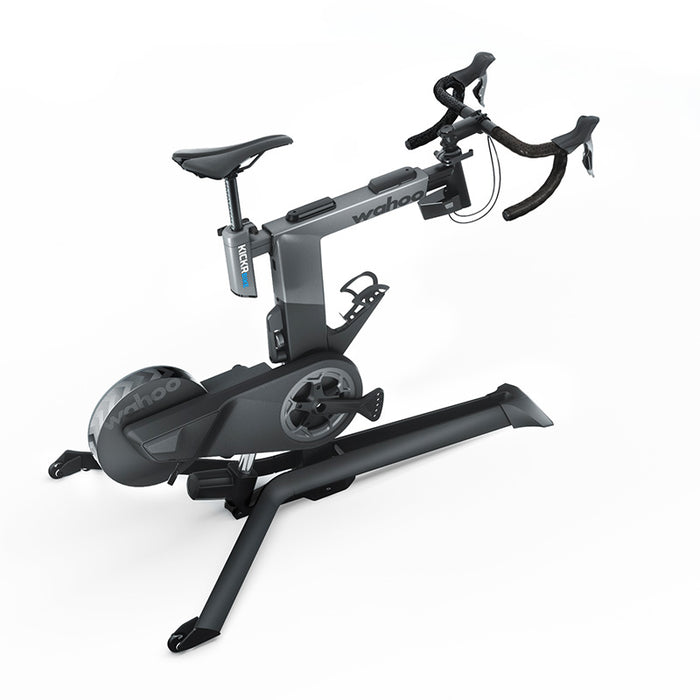
wahoo KICKR BIKE WIFI
incl. FREE shipping & free returns

Recuperation, a term that is often heard in the world of e-bikes, especially with mid-engine pedelecs, describes the process by which the kinetic energy of a moving object is recovered during braking and converted into usable electrical energy.
This technology, known as "recuperation", makes it possible to effectively extend the range of an e-bike's battery. Essentially, it's about usefully recovering energy that would normally be lost in the form of heat when braking.
On an e-bike, recuperation allows the battery to be charged while riding when the rider brakes or goes downhill. The concept is not only environmentally beneficial as it increases the efficiency of the vehicle, but it also increases the practical benefit for the rider by reducing the need to frequently recharge the battery.

Entdecke den MYVELO
Entdecke Dein Traum E-Bike im MYVELO Onlineshop. Direkt vom Hersteller Dein Fahrrad aussuchen.

Dein Traumrad
MYVELO hat bereits 2 Standorte: Oberkirch & Geretsried. Komm in unsere Flagship Stores und probiere Dein Traum Bike aus. Lass Dich von uns zu Deinen Anforderungen beraten.

Leasen statt kaufen
Spare mit Leasing! Finanziere Dein Traum E-Bike ganz einfach über Deinen Arbeitgeber. MYVELO unterstützt Dich im Leasing-Prozess bei Deinen Fragen.

Anyone who buys an e-bike will at some point face the question: with or without a coaster brake? While older generations of bicycles were almost exclusively equipped with coaster brakes, many modern e-bikes today rely on rim or disc brakes. But which is really better? And for whom is a coaster brake still a sensible option?

Commuting to work in the morning, a quick trip to the supermarket, and a weekend outing into the countryside – for many, the car is still the first choice. But anyone who seriously discusses climate protection today cannot avoid an uncomfortable truth: private car traffic is one of the biggest sources of CO₂. At the same time, the leverage here is particularly large – and, above all, tangible. Those who forego their car, or at least use it much less frequently, significantly reduce their personal carbon footprint. But how can this be implemented in everyday life?

Das Kettenblatt ist ein zentrales Bauteil am E-Bike, das oft unterschätzt wird. Gerade bei E-Bikes mit Mittelmotoren hat die Wahl des Kettenblatts großen Einfluss auf die Übersetzung, das Tretgefühl und die Effizienz des Motors. In diesem Artikel erklären wir, worauf man achten sollte und welche Unterschiede verschiedene Kettenblattgrößen machen.